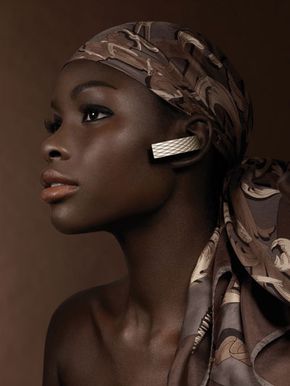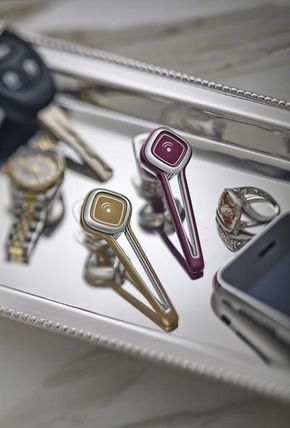You may not know how to respond if someone asks you "how does noise cancelling work," but it's safe to assume that you've reaped the rewards of noise cancellation technology.
You're walking down a busy street when your phone rings. Do you pick up and shout over the din while straining to hear your caller, or do you miss the call? If you have a noise cancelling headphones, you don't have to choose. Active noise cancellation is designed to eliminate ambient noise so you can have a conversation at a normal voice level almost anywhere. It's does this by using physics, but more on that later.
Advertisement
Noise cancellation technology can be helpful in many environments. You can use it in the office when you're trying to conduct a business call as your co-workers gab away near your desk. It's a discreet option when you're on a busy street and don't want to shout your credit-card number into your cell phone.
But how does your phone know which voice to pick up? In this article, we'll look at how active noise cancelling works.
Advertisement

